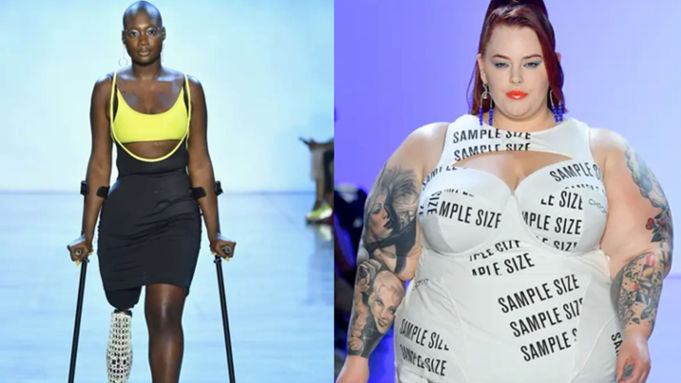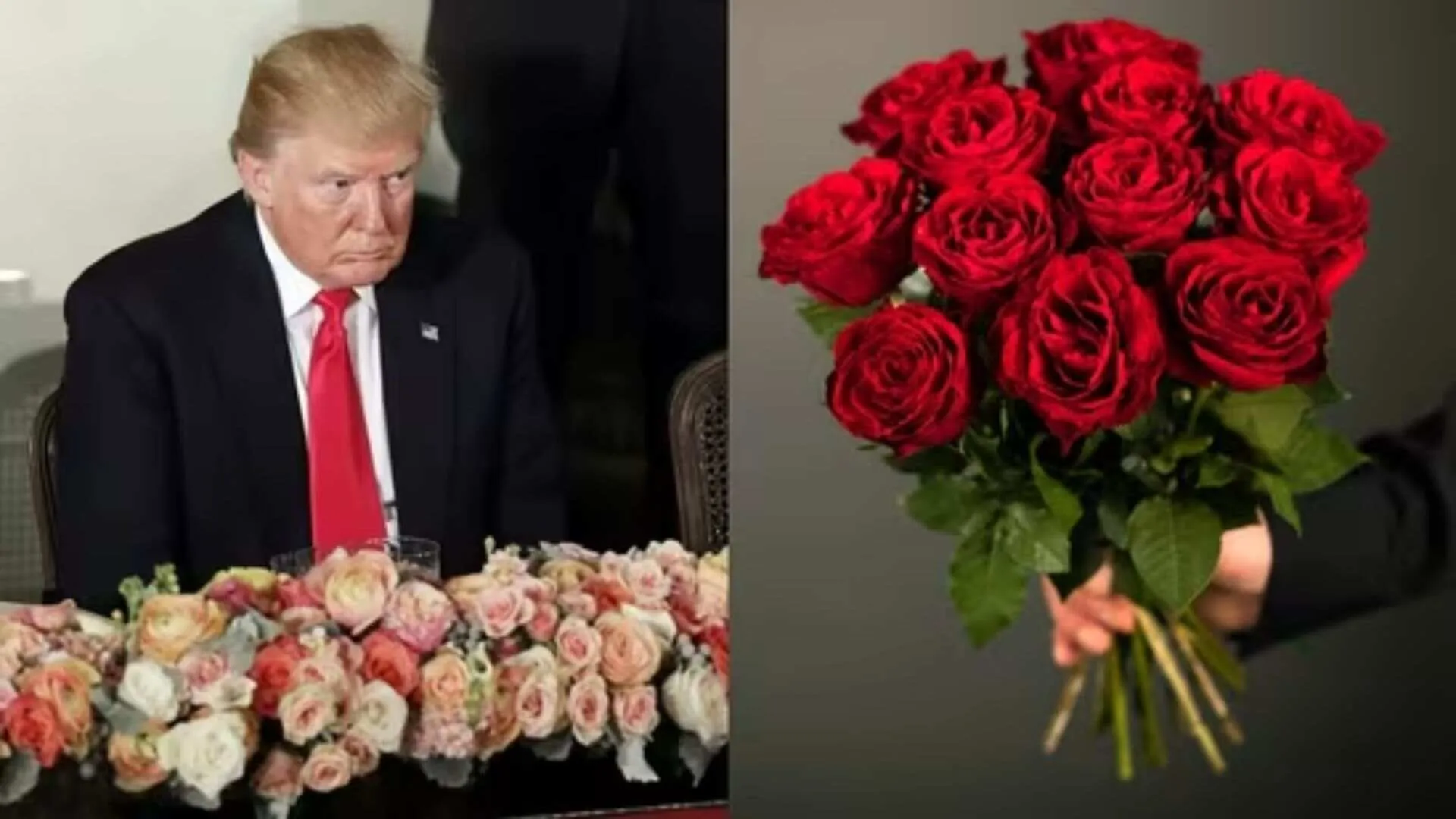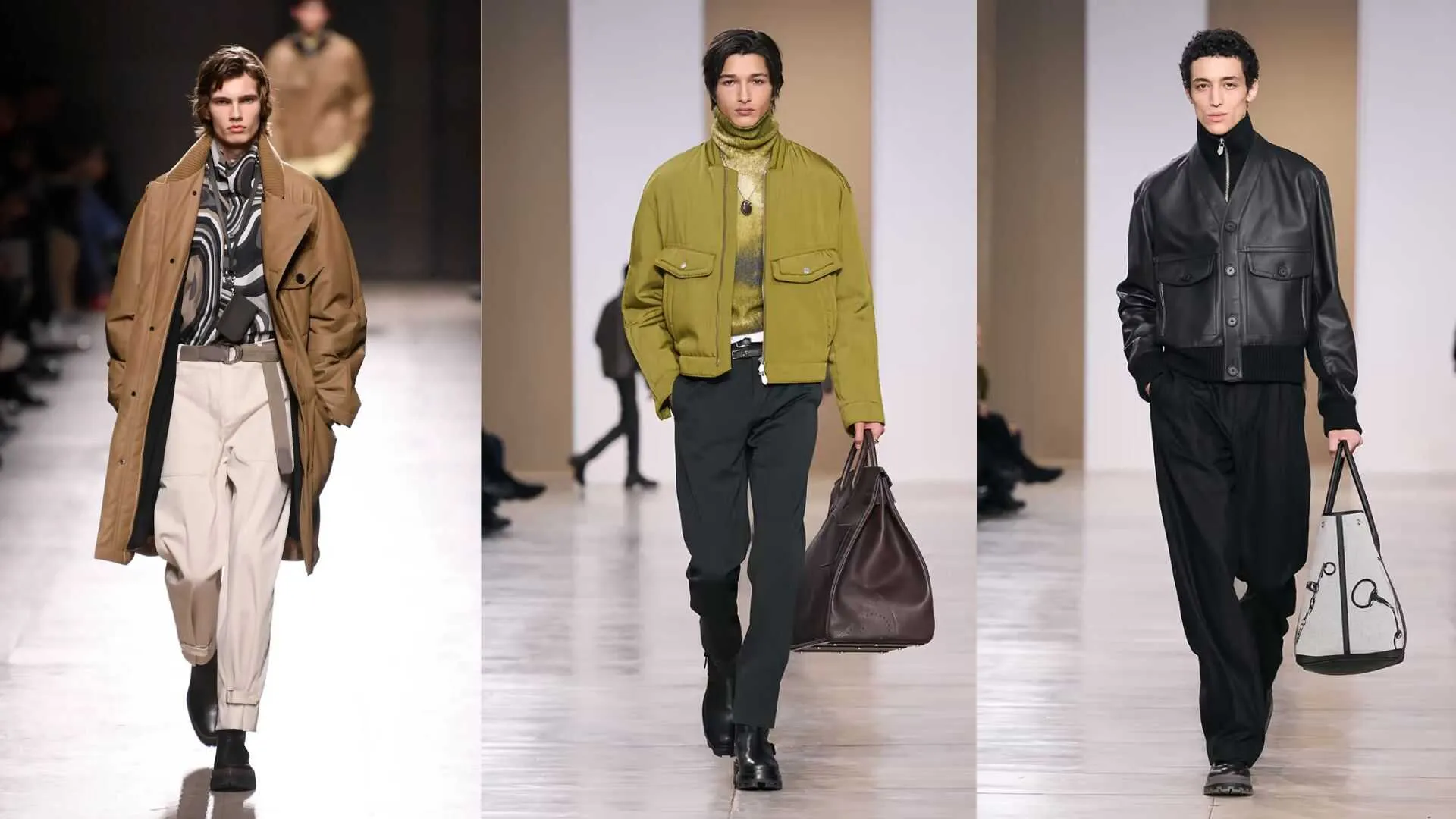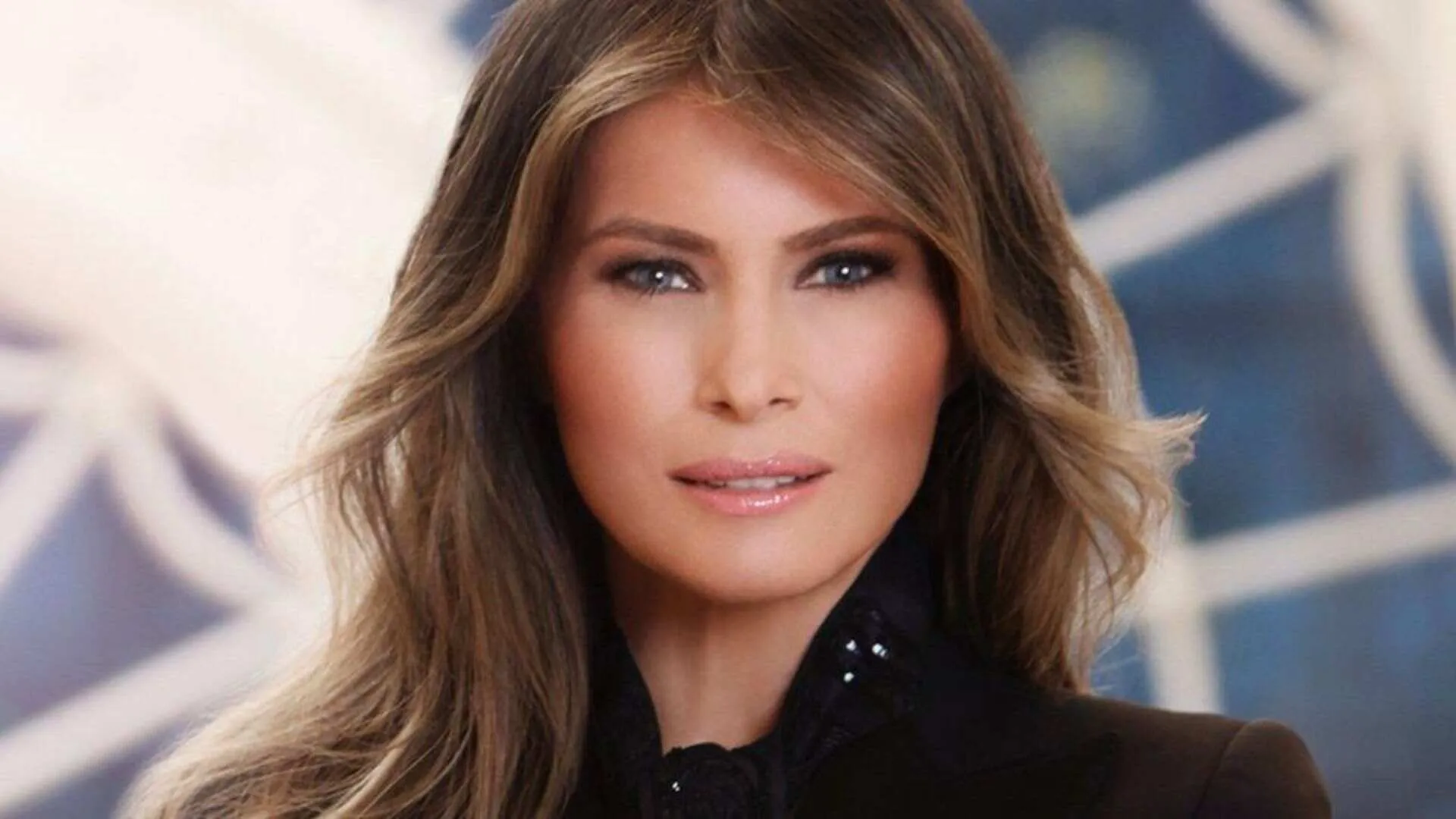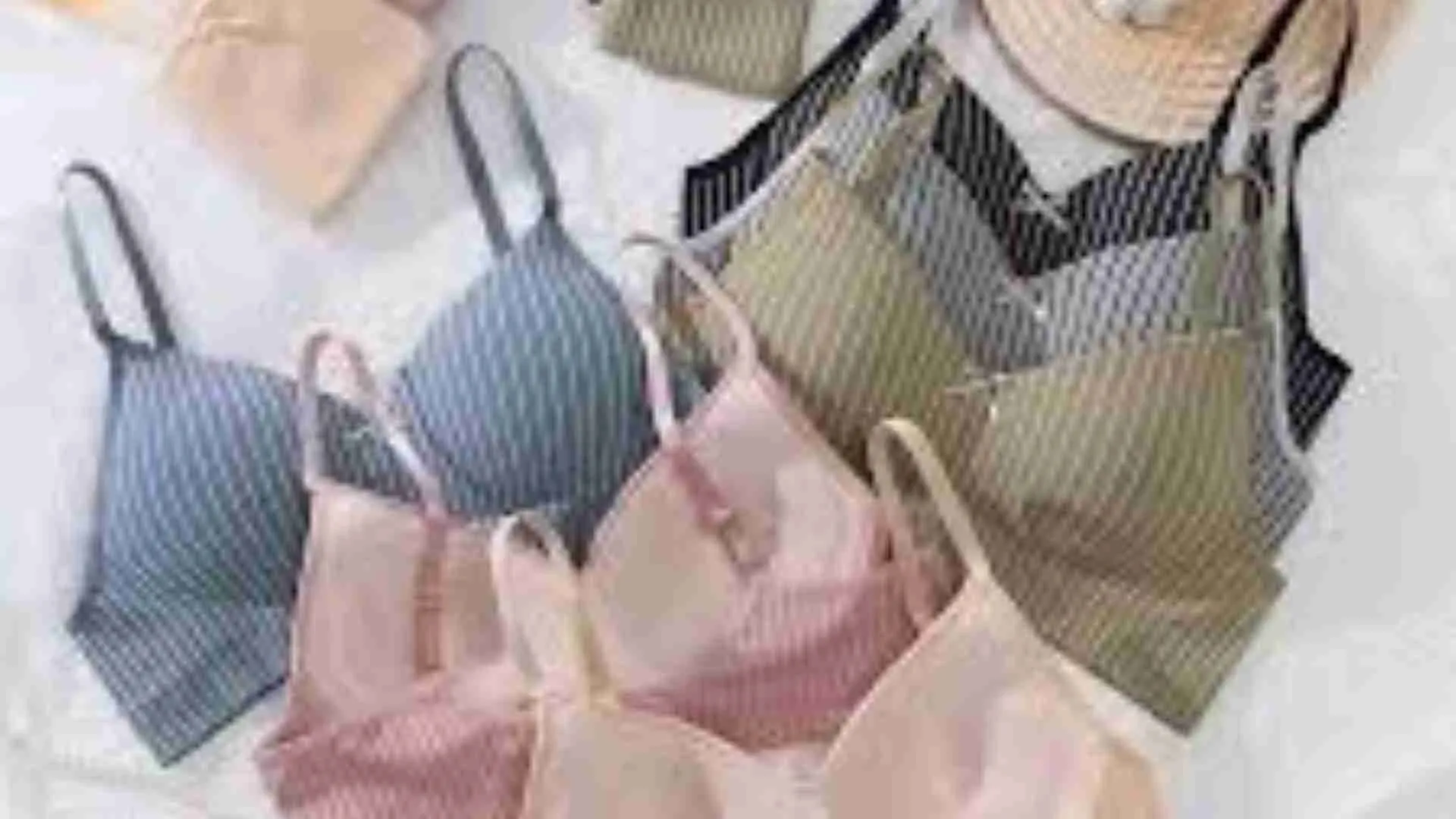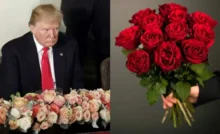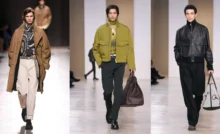The fashion business has changed a lot over the last decade, with a greater emphasis on body positivity and diversity. What was once a strictly defined industry catering to specific body shapes and abilities is now taking steps to promote diversity and representation.
The Growth of Size-Inclusive Brands and Campaigns
More and more are realizing the necessity of size inclusion in fashion. Labels now include Savage X Fenty, Universal Standard, and Good American, among others, pushing for wider size ranges that cater to different body types. Major strides have been taken through larger movements such as Dove’s Real Beauty campaign and the #AerieReal, which call for more inclusive marketing methods that celebrate real, un-edited images of people.
Retailing giants such as Target and Old Navy have also adopted size inclusivity in their stores, including Old Navy’s Bodequality, which offers all sizes at the same price. These efforts reflect the growing recognition that diversity is not only ethical but also profitable, as consumers seek brands that share their benefits.
Adapting Fashion to Different Body Types and Abilities
Apart from size, the industry is targeting to dress people of different physical needs and abilities. Adaptive fashion, which develops clothes for people with disabilities, is becoming increasingly popular. Clothes from Tommy Hilfiger Adaptive, Zappos Adaptive, and Nike FlyEase are characterized by magnetic closures, easy-access designs, and sensory-friendly designs.
Now fashion shows are also changing in support with having more diversified models running. In fact, Ashley Graham, Paloma Elsesser, and Aaron Philip speak out for representation with very valid questions on obsolescence of beauty standards.
Challenge and Success of High Fashion
High fashion has made strides toward inclusivity, but it remains on a path. The great many premium companies focus more on aesthetics over-delivering extra-large ranges of flexible designs. Even some use tokenism but do not change meaningfully. The hits are Savage X Fenty Show by Rihanna and a much more diverse international fashion weeks. Brands like Gucci and Balenciaga are doing inclusive marketing; progress is slow.
Fashion inclusivity is not just a thing but the expression of changing values and preferences in society. The growth is difficult, but at least the business is in transformation for better because of inclusive brands, flexible designs, and diverse representation. Fashion can develop as a space where anyone can feel their voice represented, respected, and empowered if these developments keep unfolding and listening voices. This change portends a bright future in which variety and honesty, rather than antiquated preconceptions, will define beauty.


